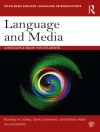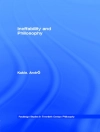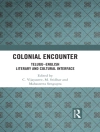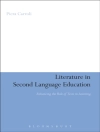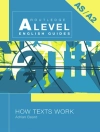This book presents a novel analysis of the learning of motion event descriptions by Anglophone students of Spanish. The author examines cross-linguistic differences between English and Spanish, focusing on the verbal patterns of motion events, to explore how learners overcome an entrenched first-language preference to move toward the lexicalization pattern of the additional language. His findings highlight the gradual nonlinear process Anglophones traverse to acquire and produce form-meaning mappings describing motion in Spanish. The author suggests that as motion event descriptions are not normally the focus of explicit instruction, students learn this concept primarily from exposure to Spanish. Given its interdisciplinary nature, this book will be of interest to researchers working in Hispanic linguistics, cognitive semantics, and Spanish language learning and teaching.
Содержание
— Chapter 1: Introduction.- Chapter 2: The linguistic expression of motion in language.- Chapter 3: Motion event descriptions a recurrent topic in Spanish discourse.- Chapter 4: Motion events in the speech + gesture interface.- Chapter 5: Investigating learner sensitivity to the path conflation in L2 Spanish.- Chapter 6: Sensitivity to the path conflation in written L2 Spanish.- Chapter 7: Sensitivity to the path conflation in oral L2 Spanish.- Chapter 8: Conclusion.
Об авторе
Samuel A. Navarro Ortega is Assistant Professor at the University of British Columbia, Canada.


